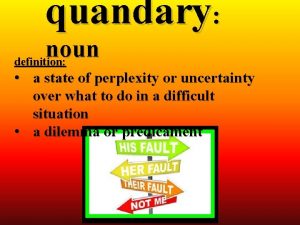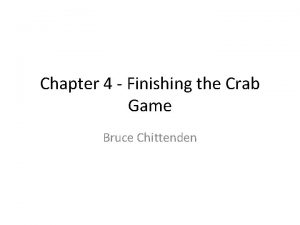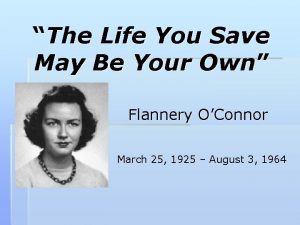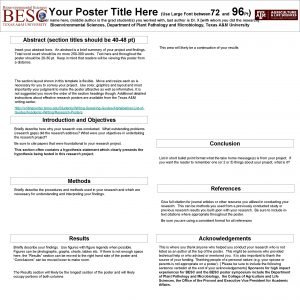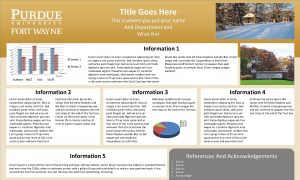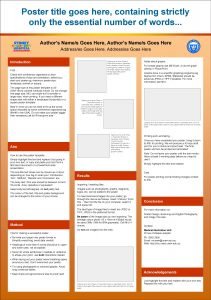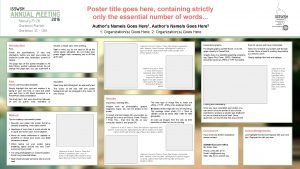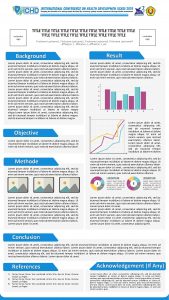YOUR GAME TITLE E G QUANDARY Your Game
![[YOUR GAME TITLE (E. G. QUANDARY) ] [Your Game Subtitle - to describe the [YOUR GAME TITLE (E. G. QUANDARY) ] [Your Game Subtitle - to describe the](https://slidetodoc.com/presentation_image_h2/7aa96d9fda9c3420be793ac75f345420/image-1.jpg)















- Slides: 16
![YOUR GAME TITLE E G QUANDARY Your Game Subtitle to describe the [YOUR GAME TITLE (E. G. QUANDARY) ] [Your Game Subtitle - to describe the](https://slidetodoc.com/presentation_image_h2/7aa96d9fda9c3420be793ac75f345420/image-1.jpg)
[YOUR GAME TITLE (E. G. QUANDARY) ] [Your Game Subtitle - to describe the point of the game E. g. At the dawn of a new society, how will you decide? ] [Game Developer (e. g. Learning Games Network) ] [Game Team e. g. Peter Stidwill – Producer Scot Osterweil – Creative Director etc. ] POWERED BY

GAME SYNOPSIS [Describe your game in a few sentences. Make it sound compelling to play, but also get across the main point of the game. E. g. Planet Braxos needs your help! When the human colonists on Planet Braxos can’t resolve their dilemmas, they need you, their Captain, to help. Play Quandary now and help share the future of a new civilization. ]

GAME STRUCTURE Learning Goals [Quandary aims to strengthen the moral compass of players, by developing the skills that help them recognize ethical issues and deal with ethical situations in their own lives. These skills include: - Critical thinking - Perspective-taking - Decision-making] Player’s End Goal and/or Win State [Players must ensure the colony survives and thrives. ]

GAME STRUCTURE Play Space [Quandary has been designed as a digital card-based game. Colonists on the planet Braxos are depicted as character cards that the player can interact with. ] Player’s Role [The player is the Captain of the Colony, who’s job it is to step in when difficult decisions must be made. They must uncover information and understand others’ viewpoints, and make an informed decision. ] Non-Playable Characters/Agents [12 colonist characters who the player interacts with, each with their own profession and viewpoints. ]

GAME STRUCTURE Levels/Challenges and Sub-Goals [There are several phases: - Sorting character statements into fact, solution or opinions - Investigating viewpoints - Making a decision - Justifying the decision - Predicting what people will think] Points and Scoring [Points are: - Gained for every card correctly used - Lost for each card incorrectly used] Rules [The player must sort statements from different characters. They can use these statements to find out more information about the situation. ]

GAME STORY [Describe the world of the game and create a compelling, engaging back-story. E. g. The game’s setting is a futuristic colony on the Planet Braxos, 32 light years from Earth. Part of your role as Captain is to resolve the disagreements that naturally arise. But when disputes are so big they threaten the stability of the colony…you have support back on Earth. The Colonial Council is there to make the really difficult decisions. The Council relies on you to investigate the problem, get all the facts and understand everyone’s point of view. If you’ve listened carefully and given the council the right information…they’ll be able to make a decision for the good of the Colony. It’s not always easy living and working together. Not every colony makes it, and not every captain has the skill to lead one. But if you thoughtfully consider everybody’s point of view, Braxos will thrive. Are you up for the task? ]

PLAYER EXPERIENCE AND GAME FLOW [A step-by-step description of what the player experiences, learns, and does at each level or chapter of the game. Often a flow diagram shows this best. ]

INTERFACE AND NAVIGATION [Provide some sense of the menus and choices the player can make to find information as he or she advances through the game. ]

LOOK AND FEEL – VISUAL [Screenshots from games (or other art/products) that have inspired a concept or informed design. ]

LOOK AND FEEL - AUDIO [What is the mood of the audio? Describe the SFX and music. ] LOOK AND FEEL – DIALOGUE/CHARACTER INTERACTION [Describe how the player interacts with other characters in the world, either through pre-defined dialogue options, open text or voice chat, or other options. ]

BACKGROUND RESEARCH What is playful about your topic? Where does the fun emerge? Freedom to experiment Freedom to fail Freedom of identity Freedom of effort

PROTOTYPE – DESIGN WHAT DO YOU WANT TO TEST? WHAT WILL YOU BUILD? (DIGITAL/PAPER? ) WHAT ARE THE LIMITS? HOW WILL YOU ACCOUNT FOR ELEMENTS THAT ARE NOT IN THE GAME?

PROTOTYPING – FEEDBACK WHAT INFORMATION DO PLAYERS NEED? LIST THE OBSERVATIONS YOU WANT TO MAKE, AND THEN SUMMARIZE THE FEEDBACK YOU GOT

PRODUCTION PLAN

TESTING

FINAL DELIVERABLE
 Quandary definition
Quandary definition Prefatory elements in proposal exclude
Prefatory elements in proposal exclude Title title
Title title Crab game editor
Crab game editor Dramatic irony in the life you save may be your own
Dramatic irony in the life you save may be your own What is the possible title of your poster
What is the possible title of your poster Insert the sub title of your presentation
Insert the sub title of your presentation Your title goes here
Your title goes here This is your presentation title
This is your presentation title Select a title for your poster
Select a title for your poster Select a title for your poster
Select a title for your poster Your title here
Your title here Select a title for your poster.
Select a title for your poster. Add your title here
Add your title here Yoursubtitle
Yoursubtitle This is your presentation title
This is your presentation title Your text goes here
Your text goes here
